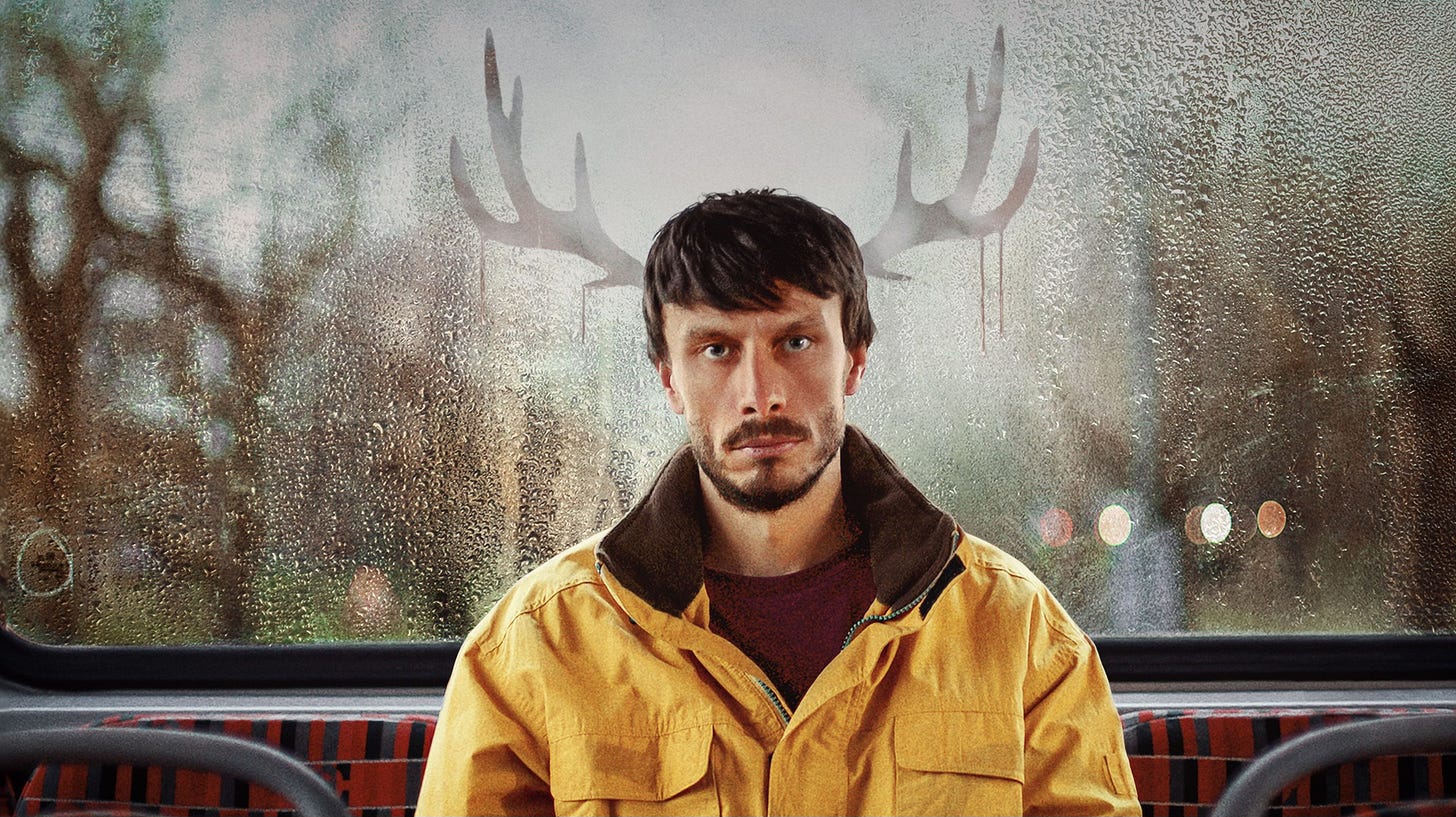Is Baby Reindeer Great or Almost Great?
Thinking over the phenomenal response to this test case of the vitalness of honesty in art.
There are many reasons why Richard Gadd’s Baby Reindeer has been so successful since going up on Netflix last month. And make no mistake, it has been successful - Stephen King has talked about how it’s one of the best things he’s ever seen, and it’s surely just a few steps away from that endorsement to end all endorsements: Obama.
One of the reasons for its success is straight up good storytelling. The characters are engaging, the narrator/protagonist (played by Gadd himself) is flawed but adorable (I guess), with those big baby reindeer eyes and that baby reindeer pout. He’s something of a hunky drip, hangdog and self-deprecating, but we can appreciate something of the real artiste when he gets on stage in his garish checked suit and his “anti-comedy”, somewhere between Rupert Pupkin and Stewart Lee.
The show has twists and turns and is very good at establishing the footing for the viewer before pulling everything away. We think we are watching one thing, and then we are not. Gadd does this several times. So, we are kept on our toes whilst also being regularly comfortable with where we are as viewers and where we are going. Nicely done, Gadd.
Another reason for its success is that it is shocking. The shock factor has created word of mouth. There may not be a water cooler any more around which “water-cooler moments” can evolve, but there is still the WTF WhatsApp. As Baby Reindeer goes on, these WTF moments become more frequent, they intensify both the plot evolution and our sympathies for Gadd’s Donny.
And that brings us to our most important reason for Baby Reindeer’s success, and it is the reason it should be most interesting to other writers and artists: its authenticity.
Keep reading with a 7-day free trial
Subscribe to Blue, Red and Grey to keep reading this post and get 7 days of free access to the full post archives.




